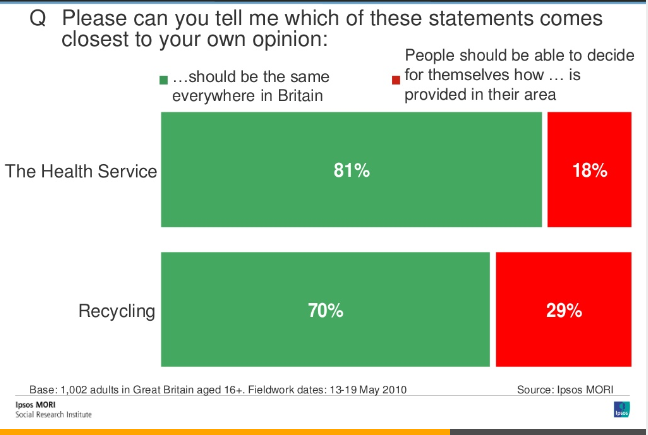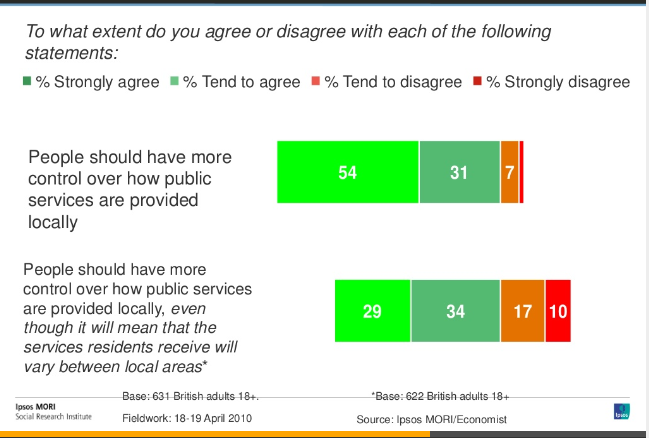By Andrew Hogg
From crisis comes opportunity. COVID-19 has had an unprecedented effect on the voluntary sector, but it has also given us an opportunity to rebuild for the better.
With this in mind, the speakers attending the recent ‘Rethink Rebuild’ webinar (organised by NPC) gave their thoughts on how the voluntary sector can move forward to face the challenges and inequalities laid bare by COVID-19 and to create a more equitable society.
COVID-19 has highlighted key systemic inequalities at the heart of our economic system. A recent report from Imperial College London has shown that ethnic minority groups have been disproportionally affected by the pandemic. When age and sociodemographic factors are accounted for, people from these communities are almost twice as likely to die of COVID-19 than their white peers.
Kaneez Shaid, Head of Community Engagement at Rethink Mental Illness, highlighted the direct impact the pandemic has had on people with mental health issues, such as the erosion of support frameworks and statutory services, loss of communal spaces and increased demands for accommodation. NPC have linked COVID-19 with a rise in domestic violence cases, with increased demand for services and donations from voluntary sector organisations, alongside a reduction of charity fundraising efforts:
In many communities it has been the not-for-dividends sector that has provided cohesion, that has provided people with food, with economic viability, access to vaccines, and social infrastructure stopping people falling through the net…the question for me becomes how we make this more visible politically. – Lord Victor Adebowale, current Chair of the NHS Confederation
Seth Reynolds, Principal Consultant for Systems Change at NPC, argued that the pandemic has created a ‘liminal space’ wherein we can pause and reflect on the systemic drivers and fundamental patterns of behaviour that created the inequalities the pandemic has laid bare.
This is a chance to fundamentally and systemically change the way our economy works for the better. There is no going back to normal, so how can the sector provide leadership to face the new challenges going forward?
Collaborative and system leadership
A recurring theme during the webinar was the need for a collaborative leadership approach to accommodate systemic change. Lord Adebowale talked about the need for system leadership, the adoption of which would enable voluntary sector organisations to align their missions and operations towards a common goal. This would set sector-wide objectives and generate a cooperative atmosphere whilst facilitating conditions within which others can make progress toward social change. This means leading beyond the boundaries of one’s own organisational needs to achieve aggregate, cross-sector outcomes.
This would involve understanding the interdependence of the voluntary sector, and decision-making that may go against the immediate concerns of the organisation to achieve collective outcomes. It also entails the acceptance of diversity as not only a good in and of itself, but as Lord Adebowale observed, as an “essential, economical, and operational good”, to include a broad remit of local, grassroots organisations.
A collaborative approach to leadership would also make best use of resources and help align funding to where it is needed. Juliet Mountain, the Director of Shaw Trust, argued that a competitive funding environment means that charities tend towards mission drift and invariably must follow the funding, rather than the needs of those who use their services. She argued that shared intelligence, not just of hard data but of expertise, resources, tools, and decision making, would enable lower capacity groups to easily access and understand generated data. This would enable the triangulation of funding and a coordinated decision-making process – what Lord Adebowale called “process matching intention”.
Power with, not power over
Collaborative and system leadership would also entail a shift towards localism – services either co-produced or fully produced by the communities who receive them – and relationships based on trust, power sharing and diversity. Kaneez Shaid talked of devolving hierarchical relationships between charities and local communities and creating new structures of shared power and co-production, such as integrated care systems and place-based activities embedded into local communities. Leah Davies and Seth Reynolds of NPC similarly argued for local partners and grassroots organisations to be embedded into social recovery plans to co-create structures that are built and maintained by the people using them.
Power sharing can go further than this. Even small, day-to-day changes can help to address power imbalances, such as adapting a more inclusive vocabulary when it comes to working partnerships. Both Kaneez Shaid and Juliet Mountain argued that a shift in language can facilitate a more cooperative mindset and be more inclusive of smaller, grassroots organisations. For instance, using ‘participant’ instead of ‘client’ or ‘colleague’ instead of ‘co-worker’ would create a more inclusive taxonomy and equitable relational partnerships. This in turn would engender collective decision-making and create added value for participants.
Grant-making
One of the few things to directly result from COVID-19 that has been openly welcomed across the voluntary sector is the increased access to unrestricted funding. In November 2020 over 150 funders made a pledge towards flexible grant-making and trust-based relationships with charities.
Many participants in the webinar who shared their opinions in breakout rooms after the talks also agreed that the temporary suspension of funding restrictions and flexible approaches to grant-making during the pandemic had been hugely beneficial and at times necessary to keep smaller charities open.
Flexible grant making could also involve simplifying and standardising application processes, such as what is asked for from the grantee or the technical vocabulary used in the application. This would mean charities would not have to spend more time than necessary filling out forms and could use templates to increase their application output.
However, as Leah Davies and Seth Reynolds noted, to continue to understand the value of flexible funding and to know where future funding should be allocated, proportionate impact measurement is needed. It is important for funders to be able to keep demand light and proportional whilst having access to a funding feedback loop.
Concluding thoughts
This webinar revealed some key sticking points: cross-sector collaboration, system leadership, and the adoption of new models of power sharing that encourage localism, co-production, shared system analysis, and collective decision-making are needed to dynamically respond to funding needs. Similarly, the collective utilization of resources would allow for greater triangulation of funding and level the playing field for smaller, grassroots groups.
Organisations must come back from the pandemic with a renewed emphasis on community engagement, decentralised and devolved forms of organisation, and embrace the mentality of ‘power with, not power over’. Organisational models and processes, such as affiliate frameworks and decentralised partnerships, should be adopted to encourage power-sharing and to create structures with genuine value to the people using them.
Grant-making has trended towards flexible funding and trust-based arrangements, which is undoubtedly a good thing and grant-makers should continue to provide flexible and unrestricted funds. However, suitable impact measurement is needed to properly determine allocation and value, and that those who need funding the most will get it.
Simply put, we cannot go back to normal. The pandemic has exposed the deep systemic vulnerabilities at the heart of our economic model, and the voluntary sector must adapt to address these vulnerabilities and create a more equitable society.
Further reading: more on the voluntary sector on The Knowledge Exchange blog






 By Sarah Vick, Managing Director, Reading Room
By Sarah Vick, Managing Director, Reading Room



You must be logged in to post a comment.